Hearing Protection and Communications Solutions for Railway Workers
Locomotives, freight cars, switching, car-coupling operations, horns and even loudspeakers are regular and unpredictable noise sources in a railway yard—potentially resulting in serious hearing loss for anyone working nearby. When workers are disengaging cars from incoming trains and reassembling them into outgoing trains bound for different destinations, they are exposed to the noise from coupling cars, chain reactions and retarder squeal; the sound of the car’s wheels on the steel rails, which can emit a level of 110 dB(A), well above what is considered safe.
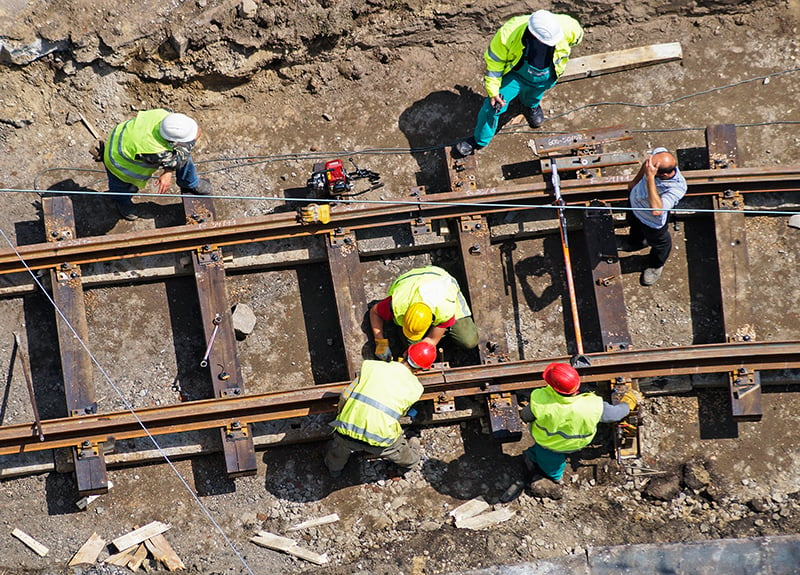
Typical railcar noise levels due to air-brake operation range from 95 to 115 dB(A), in some cases as high as 120 dB(A).
--Transportation Research Record 1143
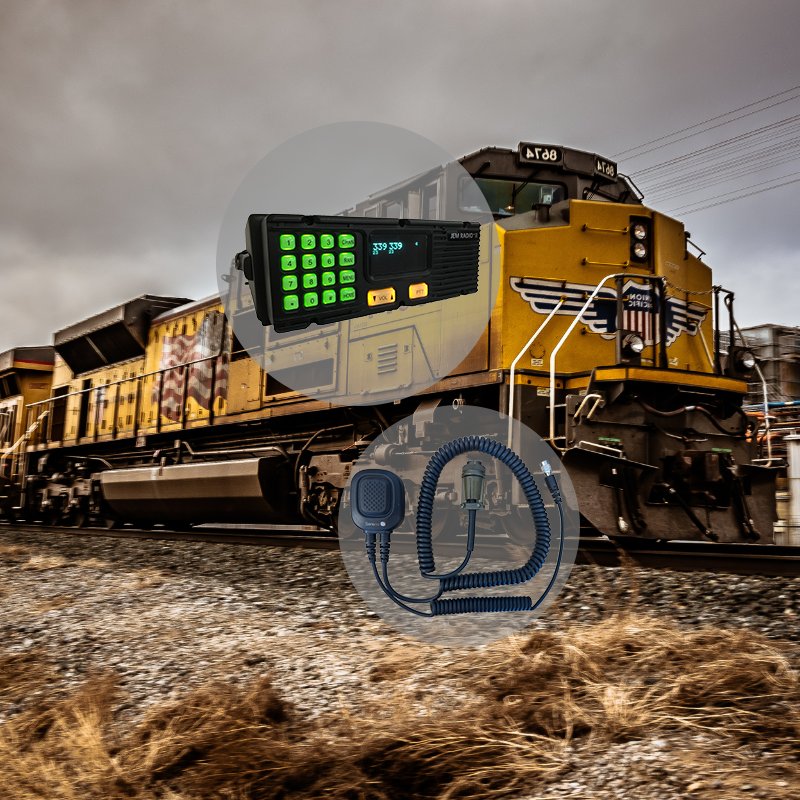
Advancing Clean Cab Communication with JEM Radio II
This integration improves radio compatibility, ensuring reliable performance in demanding railway conditions. The collaboration of Sensear & JEM Radio enhances connectivity while maintaining advanced noise suppression. By combining clear communication with proven hearing protection, workers can operate more efficiently and safely in high-noise environments.
Hearing loss is more gradual and not as noticeable as a slip or fall, it is less recognized than other injuries.
Like many occupational injuries, work-related hearing loss is preventable when controls are implemented, proper protection is provided, and required standards are followed.
Multiple hazards exist for rail workers on the job. Unfortunately, noise and hearing loss are not considered as being as critical as other more prevalent dangers like slips, trips, and falls. Because hearing loss is more gradual and not typically immediately noticeable, it is not as recognized as other injuries.
Hearing damage is preventable, but it cannot be undone. There is no surgery or cure for noise-induced hearing loss. Repeated exposure to high noise levels, such as working near locomotives, coupling cars, chain reactions, or car retarding can lead to permanent hearing loss or tinnitus.
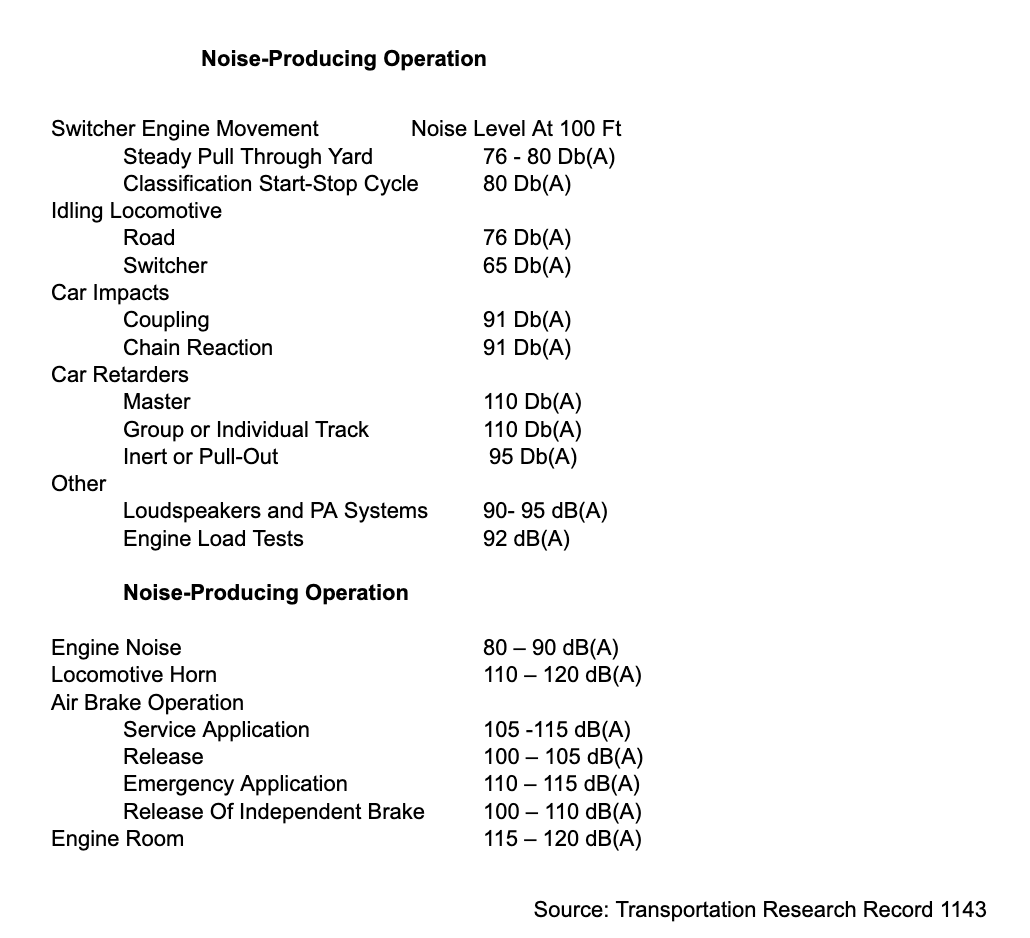
Sensear is Solving High-Noise Communication Problems in the Railway Industry
The U.S. Occupational Health and Safety Administration (OSHA) requires industry employers to provide hearing protection to their employees when noise exposure equals or exceeds an 8-hour time-weighted average (TWA) of 85 dB(A) or more.
There are a variety of different activities within a railway yard that can create significant and harmful noise levels, particularly with long-term exposure. That is why providing workers with Sensear’s noise-canceling headsets is critical to mitigating the serious risk of hearing loss.
Find the Best Railway Headsets for Hearing Protection and Communication
To get the best solution for communication, speech enhancement, and noise suppression for railway yards, schedule a free consultation today, and we’ll help you find the ideal hearing protection solution for your location.
Heavy-Duty Headsets for Hearing Protection and Communication
Sensear offers a variety of headset solutions to provide the best protection for your workers’ communication and safety, including dual-protection headsets where exposures may exceed 95 dB(A). Sensear is the perfect solution to protect hearing for railway workers.
With some of the best hearing protection solutions for railway applications, Sensear is solving high-noise communication problems for many of the world’s leading companies.
"The Sensear headset has been a great complement to our locomotives with noisy cabs. Rough gearing and vibration always make for a very loud cab when switching under heavy loads. This headset has taken away any confusion or need for repeated commands. Transmissions come across crystal clear and are easily responded to via the PTT button on the headset cable. The headset is very effective at blocking out any outside noise, letting you focus on the control. Crews use this headset particularly when switching heavy tonnage on the noisy locomotives. A very worthy addition."
Andy Brouse
Engineer | Durbin & Greenbrier Valley Railroad
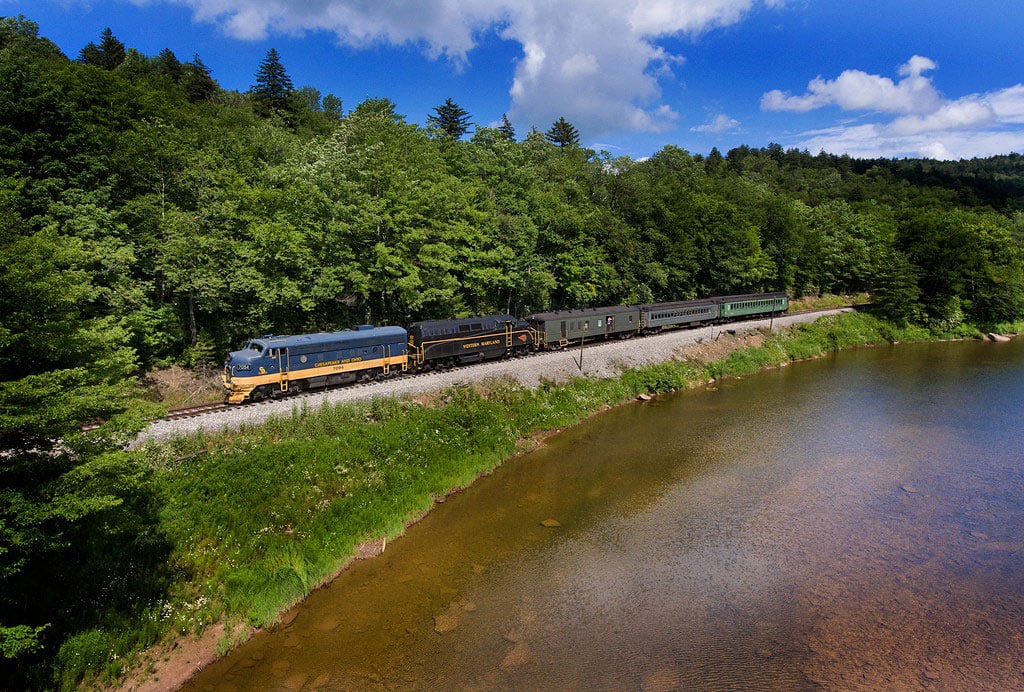
Railway Blogs
Support Documents
Sensear in Action:
In Railway Industry
Our technology reduces ambient noise while enhancing speech, keeping teams connected and protected in high-noise environments. From trucking and railways to airport ground crews, Sensear ensures your voice is heard and your hearing is safeguarded.


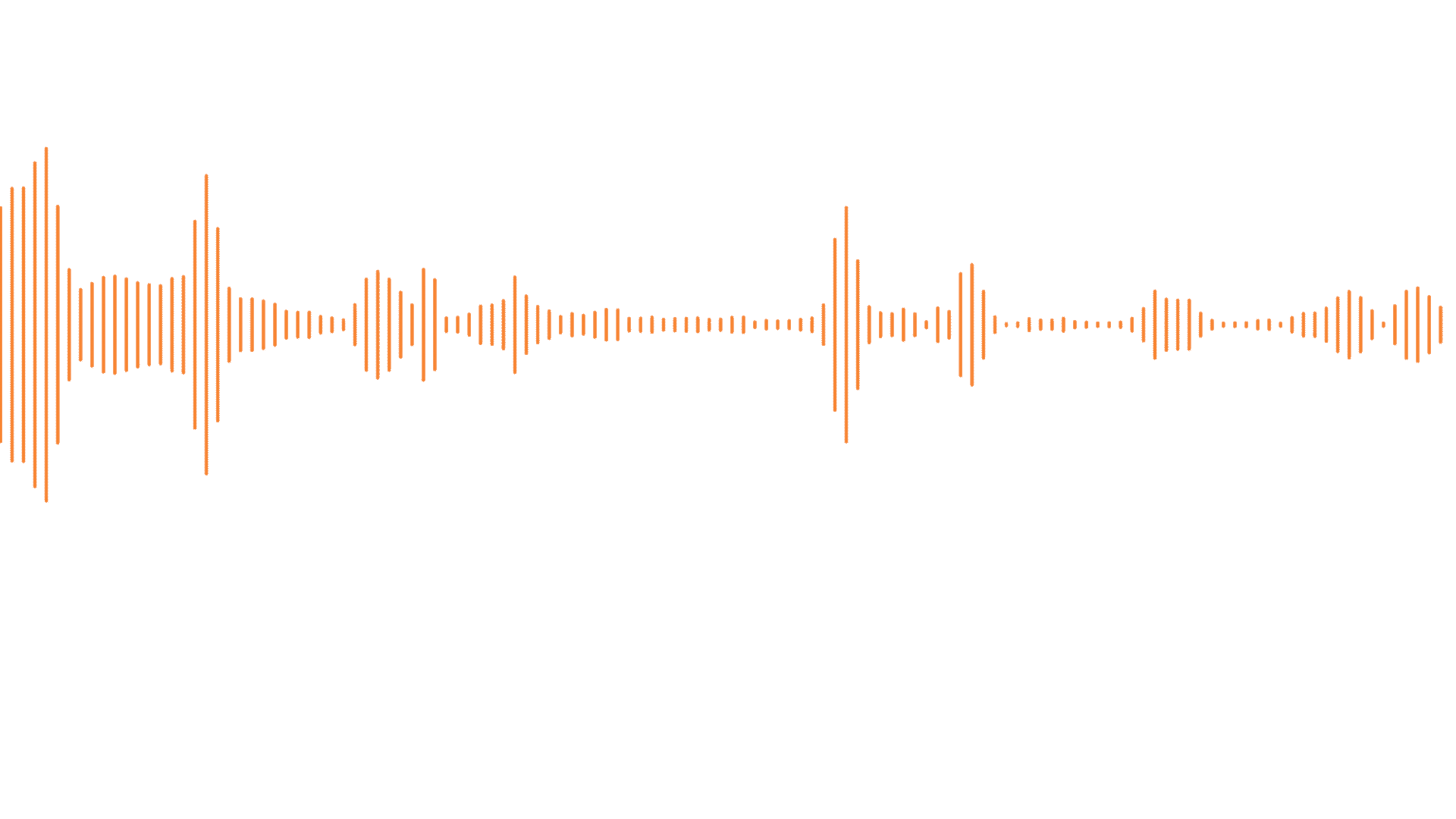
-Jun-27-2023-02-53-41-2583-PM.png?width=350&height=351&name=SM1R%20(350x351)-Jun-27-2023-02-53-41-2583-PM.png)
-4.png?width=350&height=351&name=SM1P%20(350x351)-4.png)
-1.png?width=350&height=351&name=SM1PBIS02%20(350x351)-1.png)
.png?width=350&height=351&name=smartPlug%2002%20(350x351).png)
